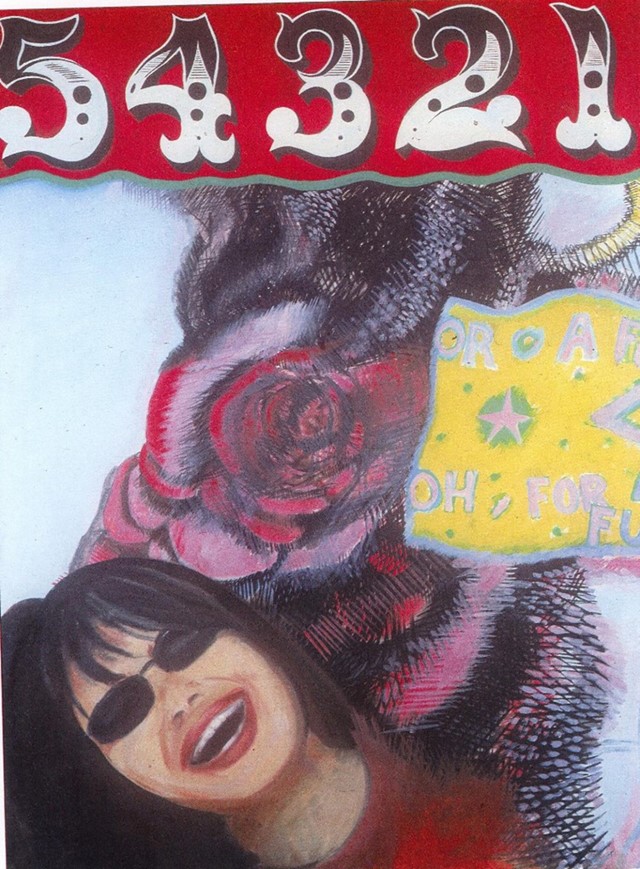A long-overdue London exhibition places female pop art pioneer Pauline Boty where she belongs – alongside her male contemporaries
Who? “Actresses often have tiny brains. Painters often have large beards. Imagine a brainy actress who is also a painter and also a blonde, and you have Pauline Boty.” So read the November 1962 edition of Scene magazine’s cover article. It’s difficult to imagine such a statement going to print nowadays, but it’s one of many examples of how the popular press unfairly dismissed the legitimacy of pop art doyenne Pauline Boty’s work, in spite of both her immense talent and her status as Britain’s only female pop artist.
Still, if Boty’s work was too radical for her 1960s audience, then she has found her viewer in the contemporary one. This month a new exhibition at Whitford Fine Art rightfully places Boty alongside the masters of the movement, from Peter Blake to Allen Jones – presenting a prime opportunity to delve into her life, work and incredible contribution to the movement.

Pauline Boty was born in South London in 1938, and won a scholarship to the Wimbledon School of Art at the age of 16. In spite of her father’s disapproval, the burgeoning artist’s nascent talents flourished in the creative environment, and before long she had earned a diploma in both lithography and design in stained glass. During her studies, Boty was advised by her tutor Charles Carey to explore collage techniques, the influence of which is markedly visible in the distinctly experimental composition of her paintings.
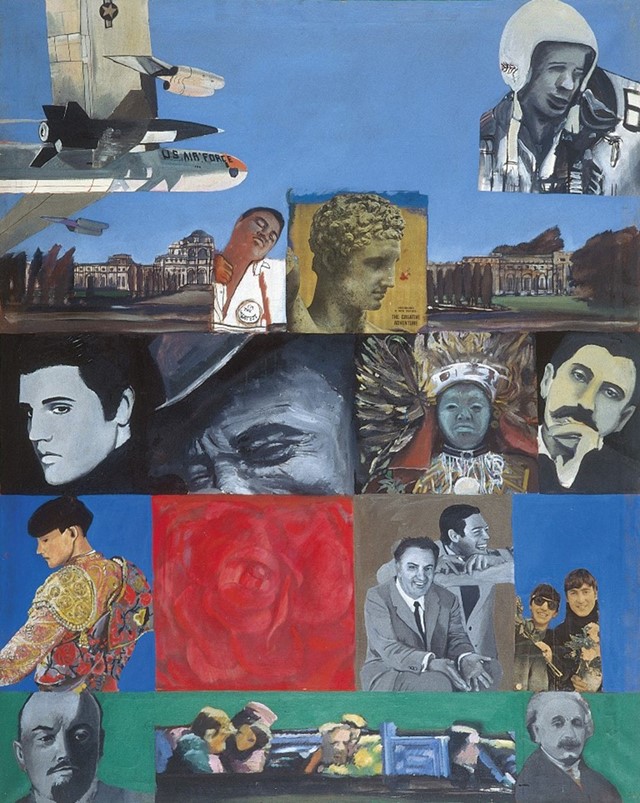
Boty resisted her father’s attempts to dissuade her from applying to the esteemed Royal College of Art, citing low admission rates for women as an excuse, and from 1958 to 1961 she studied stained glass in its hallowed halls, where she formed friendships with other emerging pop artists, from David Hockney to Peter Blake. Just one year into her studies, Boty had three works selected for the pivotal Young Contemporaries exhibition. The exhibition presented a unique opportunity to make her work visible, and in turn resulted in being included in her first group show, entitled Blake, Boty, Porter, Reeve, which was held in November 1961 at A.I.A. gallery in London. Boty exhibited 20 collages, demonstrating her ongoing engagement with both high and low popular culture, and the show has since been recognised as one of the first exhibitions of British pop art. An achievement indeed.
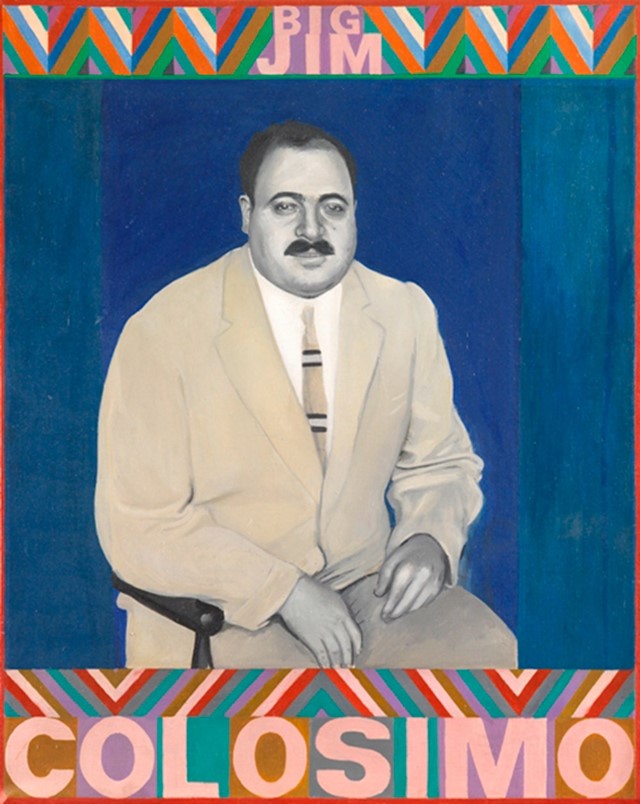
What? Boty insightfully described the pop art movement as a “nostalgia for now”, and niftily incorporated contemporary subjects in her work, from American musician Elvis Presley and screen siren Marilyn Monroe to designer Celia Birtwell and Italian Mafia crime boss James ‘Big Jim’ Colosimo. She engaged enthusiastically with news and pop culture, titling her works after popular songs – It’s a Man’s World, for example, was borrowed from the song by James Brown, and 5, 4, 3, 2, 1 was taken from a song by Manfred Man. Hollywood didn’t escape her gaze, either. “Film stars are the 20th-century gods and goddesses,” Boty wrote. “People need them, and the myths that surround them, because their own lives are enriched by them. Pop art colours those myths.” Tragically, Boty died from leukaemia at the age of 28, but although her life was cut short, her reputation has endured. She has been exhibited in numerous posthumous solo shows in recent years.
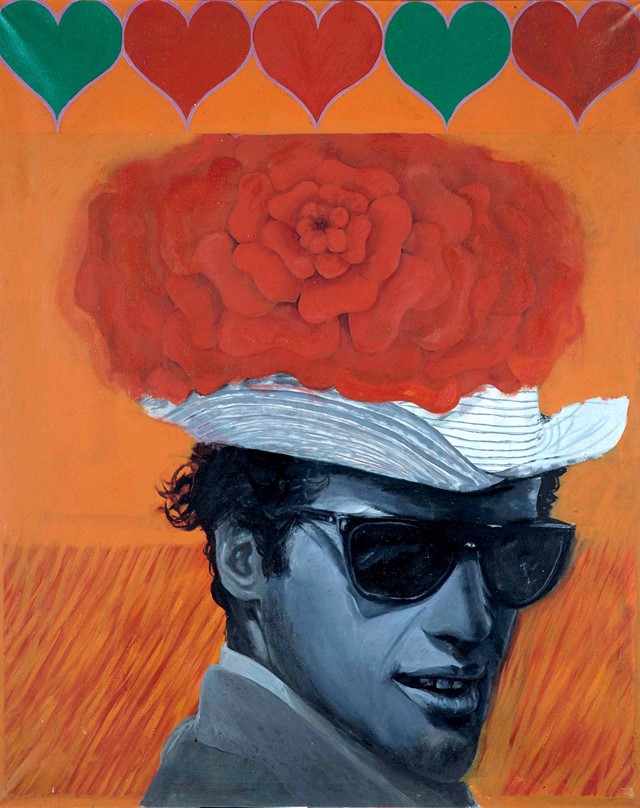
Why? Contemporary culture often sees the art world looking outside of the UK to re-evaluate the history of international pop art – and yet this spring a new exhibition, titled Pop Art Heroes: Pop, Pin-Ups & Politics, places the critical focus back on Britain and the original story of this canonical art movement. Work by Pauline Boty is displayed alongside fellow pop pioneers Peter Blake, Patrick Caulfield and Allen Jones, offering a tantalising opportunity to see the unsung heroine of the movement together with her contemporaries. Boty’s paintings provide a chance to understand the era from a female perspective, offering a fascinating glimpse into the “man’s world” that she both inhabited and rebelled against.
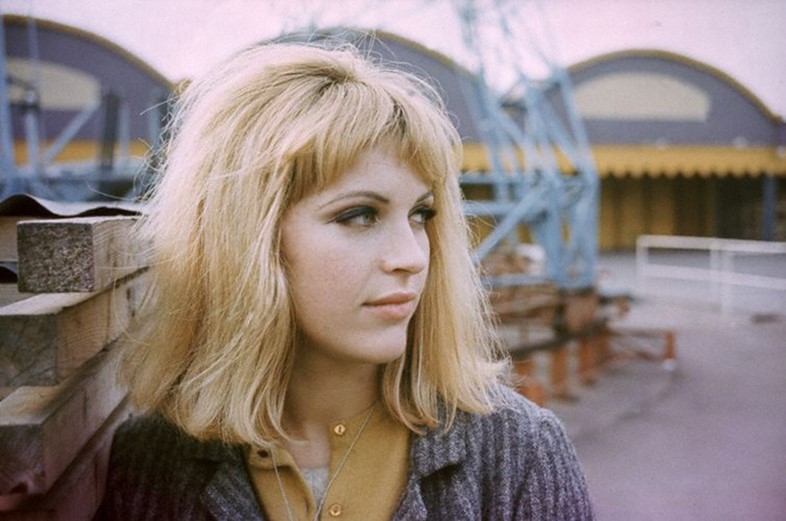
POP ART HEROES: Pop, Pin-Ups & Politics is on display at Whitford Fine Art, London until July 1, 2016.
